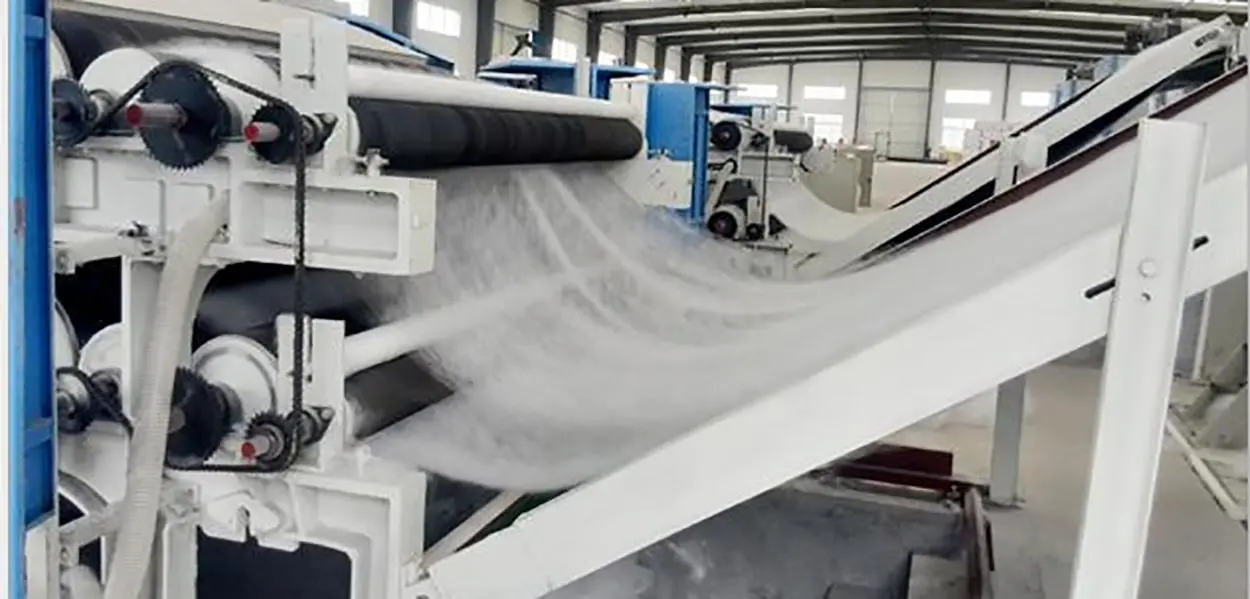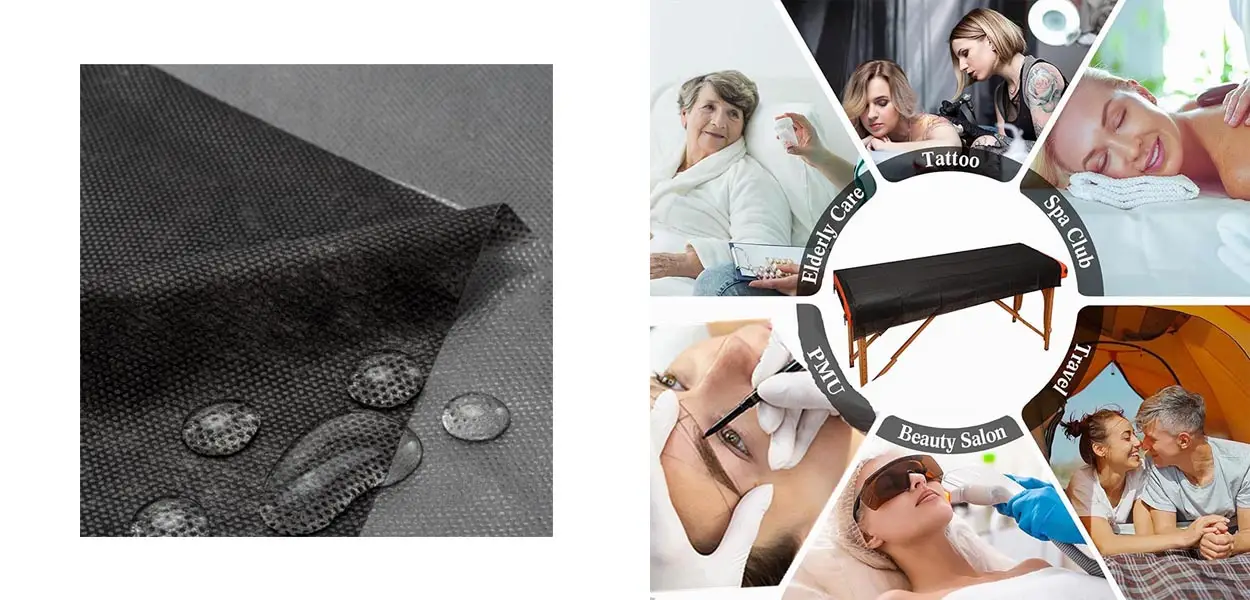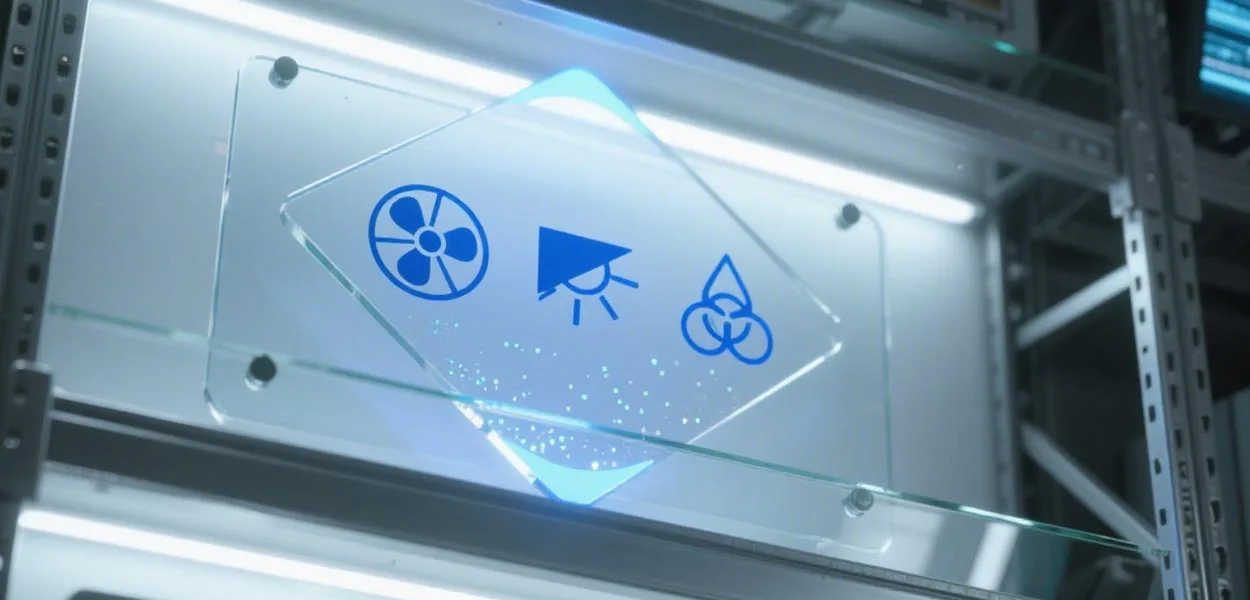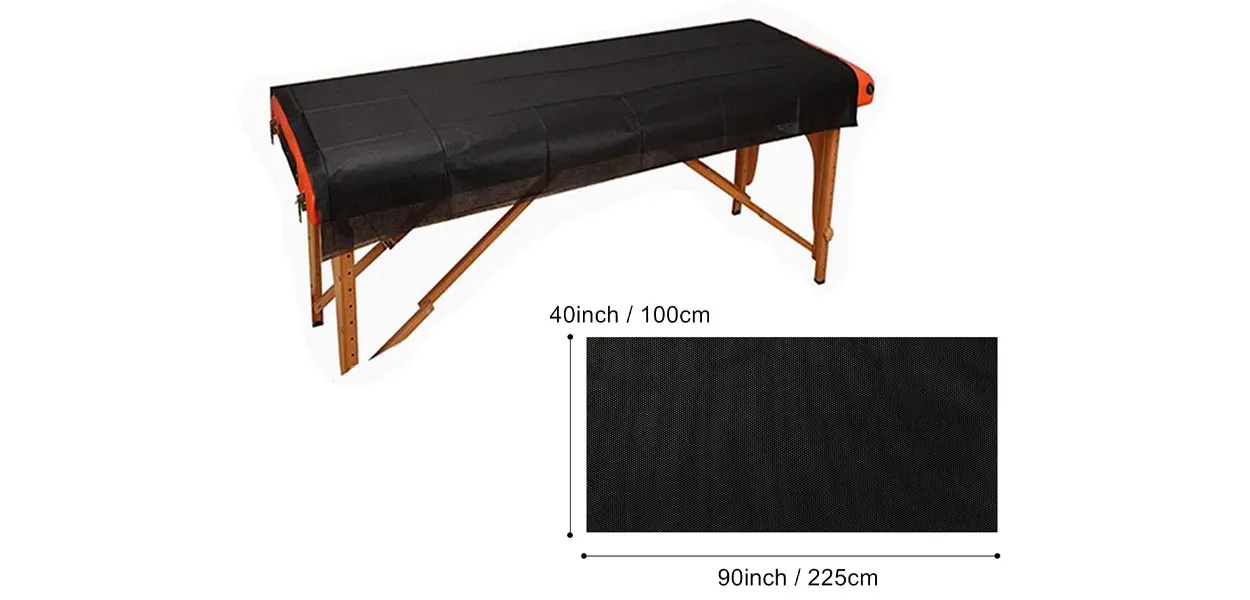As a procurement professional with many years of experience in the dental consumables industry, I was also confused when I first encountered the term “non-woven fabric.” It clearly says “cloth”, so why is it called “non-woven”? I believe many of my colleagues also have the same question. So let us through this article to understand what is nonwoven, and its finished product – disposable nonwoven bed sheets procurement details.
1. What is Non-woven Fabric?
Nonwoven fabrics are made from polypropylene resin that is melted at high temperatures, sprayed into a mesh, and then reinforced with a hydroentanglement process to form a nonwoven structure. This method skips the traditional spinning and weaving steps of textile production, resulting in a quicker process, faster production rates, higher output, lower costs, and a reduced environmental impact. It’s similar to pulling marshmallows into threads and pressing them into sheets, which preserves the softness of the fibers while ensuring a stable structure. Nonwoven fabrics can be needle-punched to make different thicknesses, handfeel, hardness, etc..
Nonwoven fabrics are moisture-proof, breathable, flexible, light, flame retardant, non-toxic, odorless, inexpensive, recyclable and so on. It has no warp and weft threads, so it is very convenient to cut and sew, and it is lightweight and easy to shape, which can be used in different industries, such as sound insulation, heat insulation, electric heaters, masks, garments, medical treatment, filling materials and so on.
After the introduction of non-woven fabrics, the following focus on the main character of this article – disposable non-woven bed sheets

2. Characteristics of Disposable Non-woven Bed Sheet
Disposable non-woven bed sheet is made of non-woven fabric. It inherits all the characteristics of the raw material “non-woven”.
Advantages
- Softness: It is made of fine fibers in a light dot-shaped hot-melt bonding molding. The finished product is moderately soft and comfortable.
- Breathable: Made of 100% porous fibers, breathable, easy to keep the fabric dry and easy to wash.
- Anti-bacterial: It can purify the air, utilizing the advantage of small holes to keep bacteria and viruses away.
- Non-toxic/non-irritating: The product is made of FDA food-grade raw materials, does not contain other chemical components, stable performance, non-toxic, odorless, non-irritating to the skin.
- Lightweight: Polypropylene resin is the main raw material, the specific gravity is only 0.9, only three-fifths of cotton, with fluffy and good handfeel.
It is these characteristics that make the disposable non-woven bed sheets have great advantages in the field of modern hygiene products. They can be found in medical treatment, hotels, massage parlors, beauty salons and tattoo studios.
The non-woven bed sheet inheriting the advantages of non-woven fabric, but also inherited its disadvantages. Such as poor strength and durability, easy to split at right angles, etc., which makes non-woven sheets mostly disposable. On the whole, the advantages outweigh the disadvantages, and if you don’t expect to reuse them, then they are almost all advantages.
3. Why Choose Disposable Non-woven Bed Sheets?
- Moisture barrier: Whether it’s a dental clinic, massage parlor or tattoo studio, these scenarios inevitably use a number of medications, solvents and so on. Without a non-woven sheet on the treatment table/bed that can quickly absorb moisture and block penetration of liquids, the risk of cross-infection is greatly increased.
- Enhance the patient experience: Imagine lying down on a cold, hard plastic leather or a soft, dry disposable sheet? The latter is significantly more relaxing and comfortable for the patient, who feels professional, hygienic and reliable. Small investment, big return.
- Reduce the workload of logistics personnel: Compared with the traditional cloth sheets that need to be repeatedly cleaned and disinfected (and you have to worry about the disinfection is not in place), the disposable non-woven sheets are disposable, which greatly reduces the burden of logistics personnel. Time is cost, efficiency is money.
4. Typical Application Scenarios
| Medical field | 30-40g/m² specification spunlace nonwoven sheets are often used in operating rooms, wards and other medical environments. Due to its good air permeability and antibacterial properties, it becomes a common item on the operating table in hospitals, which can ensure the maintenance of asepsis during surgery and reduce the risk of infection. |
|---|---|
| Hotel/B&B | The lightweight product of 20-30g/m² is suitable for high-frequency replacement and reduces washing costs. The lightweight, easy to change and easy to clean features make this sheet a very cost-effective choice in the lodging industry. |
| Outdoor Emergency | Not only is it lightweight and easy to carry, but it can also be used as a temporary bed in an emergency. Whether you are in the field or in a temporary shelter, disposable non-woven bed sheets can provide you with a clean and comfortable resting environment. |
| Beauty and massage industry | in SPA, beauty salons, tattoo studios and other places. Customers are able to use clean, comfortable sheets without having to worry about hygiene issues while enjoying care or treatment. These places usually require that the sheets must be easy to change and not be contaminated, so disposable non-woven bed sheets are the ideal choice. |

5. Selection of Non-woven Bed Sheets to Avoid the Pit Guide
According to the pits we have stepped on over the years, we summarize a few practical suggestions:
- Look at the use: If it is for bedridden patients, it is recommended to choose the medical grade non-woven bed sheets with higher grams and thickness, the strength and comfort of these products will be better. If it is a beauty salon, tattoo studios need to replace high-frequency, choose the lightweight type can be. It is recommended to choose 20-30g/m² specification of lightweight products, taking into account the price and practicality.
- Feeling: The quality of the non-woven fabric directly affects the feeling. High-quality non-woven sheets are usually soft and fluffy, with a certain degree of toughness, and not too hard. If the feel is too hard, it is likely to be recycled material to do, need to be careful to buy.
- Smell: the smell of non-woven sheets can also reflect its quality. Good non-woven fabric will not have a pungent chemical odor. Do not buy a pungent odor, I have suffered this loss, drying for a month and smell. Can not be used, no matter how cheap it is, don’t buy it.
- Look at the embossing: diamond checkered non-woven sheets are usually more durable and can better distribute the force, while the flat design of the sheet is easier to break.
Special note: Don’t be fooled by the “washable” promotion, the price of these products is also high. I tried the so-called 20-wash model, and it started to delaminate after the third wash. Choose a product that balances price and practicality.
6. Storage Management Tips
When you buy the right thing, how you store it is also critical! Summarize a few key takeaways:
- Drying is especially important: Do not think that non-woven breathable antibacterial does not need a dry environment, that is a very wrong idea. Damp non-woven sheets equal to have been used, not only may be moldy breeding bacteria, strength will also be greatly reduced, a tug on the broken. Warehouses must be kept dry and ventilated, preferably stored off the ground and away from the wall.
- Protect from sunlight: Although nonwoven fabrics are resistant to ultraviolet rays, prolonged exposure to high temperatures will accelerate the aging of the material and make it brittle. Avoid direct sunlight in the storage area, and don’t use old-fashioned light bulbs that generate a lot of heat for lighting.
- First In First Out (FIFO): The date of manufacture and expiration date (usually 2-3 years) are clearly marked on the package, and the products are stacked according to batch, with the old batch used first. Don’t look at the long expiration date, hoard too much pressure in the bottom, when you think about it may be expired and become brittle.
- Anti-pressure and anti-poking: The structure of non-woven fabric is not as dense as woven fabric, so it is easy to be stacked too high and deformed by heavy weight, and it is also easy to be poked by sharp objects and broken. Please stack non-woven bed sheets reasonably.
- Keep away from chemicals: Don’t store with disinfectant, alcohol, solvents and so on, these are flammable items to be classified and stored.

7. Conclusion
Disposable non-woven bed sheets, such an inconspicuous consumable, can precisely reflect the management level and cost control ability of procurement. Raw material purity, uniformity of the spunlace process, whether the gram weight is sufficient, printing and dyeing is environmentally friendly and non-toxic? These are the core of the real procurement should be the gatekeeper. Choosing the right one saves money, which not only ensures medical safety and patient experience, but also effectively controls operating costs.


